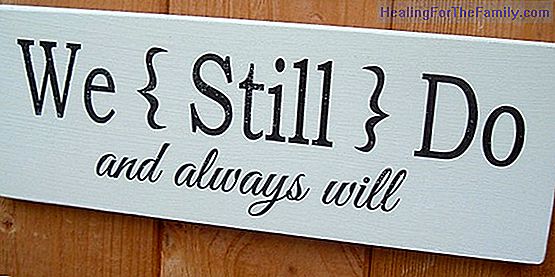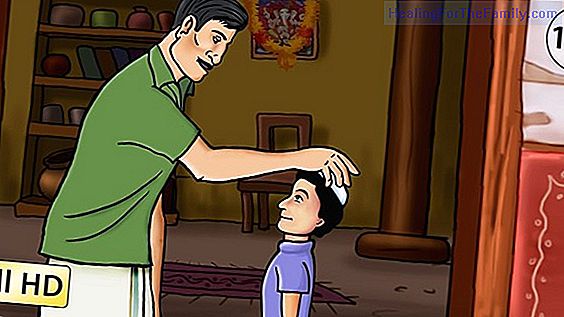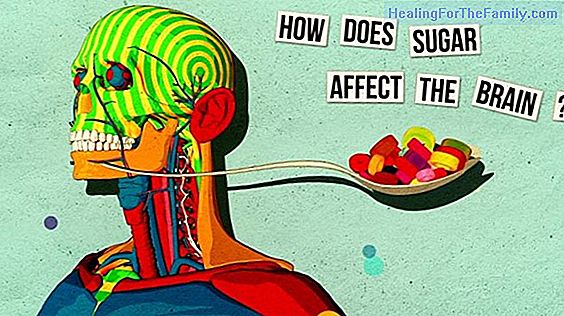Positive discipline techniques for children
In general, the methods of education are rooted in the use of punitive disciplines based on punishment, something that causes negative effects. When looking for other alternatives, the parents go to the other extreme and give the child an exaggerated permissiveness. The use of these authoritative or
In general, the methods of education are rooted in the use of punitive disciplines based on punishment, something that causes negative effects. When looking for other alternatives, the parents go to the other extreme and give the child an exaggerated permissiveness.
The use of these authoritative or so permissive methods is due to the daily fatigue and monotony of the routines suffered by parents and makes them unable to stop to think if there are other ways of education.
As an effective alternative to these 2 educational models, positive discipline emerges. This is based on collaboration, on respect, involving the child in responsibility and autonomy, in affection, in the freedom of action, in the involvement of children and in the development of the child in a healthy and happy way. Furthermore, from the point of view of this model there are no bad or good children, but good and bad behavior.
What is positive discipline?

The objective of this type of education is that children understand the rules that will provide them with security. This discipline should not be understood as an imposition of these norms, but as a means by which the child develops in a healthy and happy manner and as something that teaches them the way to be responsible for their actions and that every action has a consequence . That also helps them learn the proper way to know how to behave and act in each situation.
In this way, positive discipline seeks to promote the maturation of children so that in the future they will be responsible, autonomous and happy.
Techniques to educate children with positive discipline
To educate from this model, we must remember that the use of physical and verbal punishments should be avoided and that we should avoid the imposition of norms and guidelines. Since the child must learn and not obey. Some techniques of positive discipline are the following: E - Praise what you like.
Ponder, count and relive those moments in which the child behaves well. They are a way to reinforce the behaviors that you want to repeat. - Give routines.
Establishing habitual norms will avoid unwanted behaviors. If, for example, the child knows that after playing he must pick up, it makes him understand that if one day he does not keep the toys he will be acting badly and this will have consequences that he does not like and that he should assume. So, he will try to do it well. - Adult control.
Misbehavior can be described as a "poorly performed" wake-up call. The child understands that you spend more time when he adopts postures of this type. Do not pay attention when the child behaves in an unacceptable way, instead of arguing with him. This way you will learn that there are better ways to communicate. Sometimes there is a tense situation and you know that what you have done is very wrong. It's hard to keep quiet, but you have to think that you should not do what you do not want them to do afterwards. Try to leave the place where your little one is or try to do relaxation exercises. Wait to calm down and go back in. - Ask instead of ordering. We make sure that the child knows the answer and we give him the freedom to do things or not knowing the consequences of his actions. In this way the child learns to behave and not to obey blindly. For example, what do you have to do now? And let the child respond.
- Advise in advance. Before the end of the activity you are doing, go telling him and reminding him what is coming so he will not get caught up.
- Give behavioral options. Give them to choose the order in which they want to do the tasks they should perform. For example, do you prefer to take a shower before or after dinner?
- Rewards table.
Setting clear limits and rules in written form can make the child see clearly that a number of well-executed actions are reinforced - The example of the parents. It is the best positive discipline technique. Children imitate all the behaviors that draw their attention if there are no other alternatives so parents have to act coherently to serve as models for the children.












